What I'm trying to achieve is a rotation of the geometry around pivot point and make that the new definition of the geometry. I do not want te keep editing the rotationZ but I want to have the current rotationZ to be the new rotationZ 0.
This way when I create a new rotation task, it will start from the new given pivot point and the newly given rad.
What I've tried, but then the rotation point moves:
// Add cube to do calculations
var box = new THREE.Box3().setFromObject( o );
var size = box.getSize();
var offsetZ = size.z / 2;
o.geometry.translate(0, -offsetZ, 0)
// Do ratation
o.rotateZ(CalcUtils.degreeToRad(degree));
o.geometry.translate(0, offsetZ, 0)
I also tried to add a Group and rotate that group and then remove the group. But I need to keep the rotation without all the extra objects. The code I created
var box = new THREE.Box3().setFromObject( o );
var size = box.size();
var geometry = new THREE.BoxGeometry( 20, 20, 20 );
var material = new THREE.MeshBasicMaterial( { color: 0xcc0000 } );
var cube = new THREE.Mesh( geometry, material );
cube.position.x = o.position.x;
cube.position.y = 0; // Height / 2
cube.position.z = -size.z / 2;
o.position.x = 0;
o.position.y = 0;
o.position.z = size.z / 2;
cube.add(o);
scene.add(cube);
// Do ratation
cube.rotateY(CalcUtils.degreeToRad(degree));
// Remove cube, and go back to single object
var position = o.getWorldPosition();
scene.add(o)
scene.remove(cube);
console.log(o);
o.position.x = position.x;
o.position.y = position.y;
o.position.z = position.z;
So my question, how do I save the current rotation as the new 0 rotation point. Make the rotation final
EDIT I added an image of what I want to do. The object is green. I have a 0 point of the world (black). I have a 0 point of the object (red). And I have rotation point (blue).
How can I rotate the object around the blue point?






